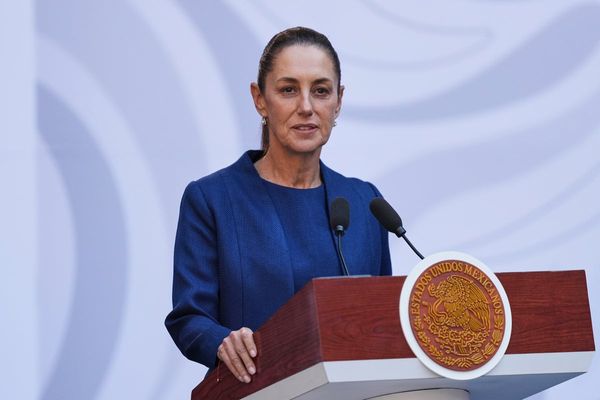
Masterpiece Cakeshop owner Jack Phillips decorates a cake in his bakery in Lakewood, Colo. (Brennan Linsley/AP)
“Narrow” has emerged as one of the most common descriptions of the Supreme Court’s decision on Masterpiece Cakeshop, Ltd. v. Colorado Civil Rights Commission, a 7-to-2 ruling in Masterpiece’s favor. That assessment is most often delivered with a sort of grim disappointment, because neither side feels as though they have clearly prevailed. After all, narrow is the opposite of comprehensive. It implies that much of the debate has been left unresolved.
And so it has. But Masterpiece was not a simple case, and neither we nor the justices are ready to resolve the hard conflicts that lie at its core.
The decision was a win for Masterpiece Cakeshop owner Jack Phillips, a baker who had refused to create a wedding cake to a same-sex couple because he disapproved of same-sex marriage on religious grounds. But the justices ruled in his favor on, yes, narrower grounds than Phillips had sought. The majority seized on statements made by members of the Colorado Civil Rights Commission that the justices said had shown hostility toward the baker’s religious beliefs. The court punted on deeper questions of what religious belief is, what it looks like in the public square and how it might stack up against other important concerns.
For instance: It is now commonly held that citizens can — and should — practice their religious beliefs in private but remain neutral in public spaces. A baker can be religiously opposed to same-sex marriage at home, for example, but bake cakes celebrating same-sex marriages in public. It’s possible, technically, but that approach rests on the assumption that “beliefs” are not things that influence everyday life. For many religious people, that isn’t the case; for them, belief — religious faith — is all about acting out your faith in real life. Those without religious faith often fail to understand how untenable it is to insist on a dichotomy between private beliefs and public performance.
Here’s the complexity: The United States prides itself on its pluralism. And in a pluralistic society, differing beliefs in private inevitably lead to clashes of action in public, as in the Masterpiece case. Someone will have to decide which actions are allowed, and thus whose rights take priority in public. Someone will have to choose whether we value more that the baker be able to practice his religion freely or that a same-sex couple be free from one particular form of discrimination.
But how to decide? That is what the court clearly did not want to do in this instance — and wisely so. When judicial review gets ahead of public consensus, it can leave the questions at hand more unsettled, not less. Instead, these decisions are ones that we, as citizens, will need to carefully take up.
The problem is that we aren’t ready to. What we are missing is an overarching idea of the common good, one that all citizens have bought into and can share. Because the only way to decide which of two competing rights wins out is to decide which best points us toward the larger good we want to achieve, and prioritize that.
That shared vision is something the United States has been missing for some time. Some would argue it is the fault of a decline in religiosity, others would suggest it is the fault of an untoward increase in the variety of opinions up for grabs. It could be both, or neither. But what is obvious is that we have not, collectively, spent much real time considering what moral framework we all share, and what goods we value most. For all the gesturing toward our favorite lines from the Constitution, we have yet to converge upon what in it we value the most.
Closing out the majority opinion, Justice Anthony M. Kennedy hinted at the court’s own vision of what constitutes a common good. Future cases, he said, should be resolved “with tolerance, without undue disrespect to sincere religious beliefs, and without subjecting gay persons to indignities.” That’s a start, but it’s still not enough. What does dignity really mean? What is tolerance? When is respect due? Each of these principles gestures toward a larger and fixed moral framework, and can only be understood in the context of one. So what is ours?
The general dissatisfaction with the Masterpiece decision is an indication that we need to discuss, and decide. Many such conflicts are coming our way, and our determinations can’t all be this half-baked.







